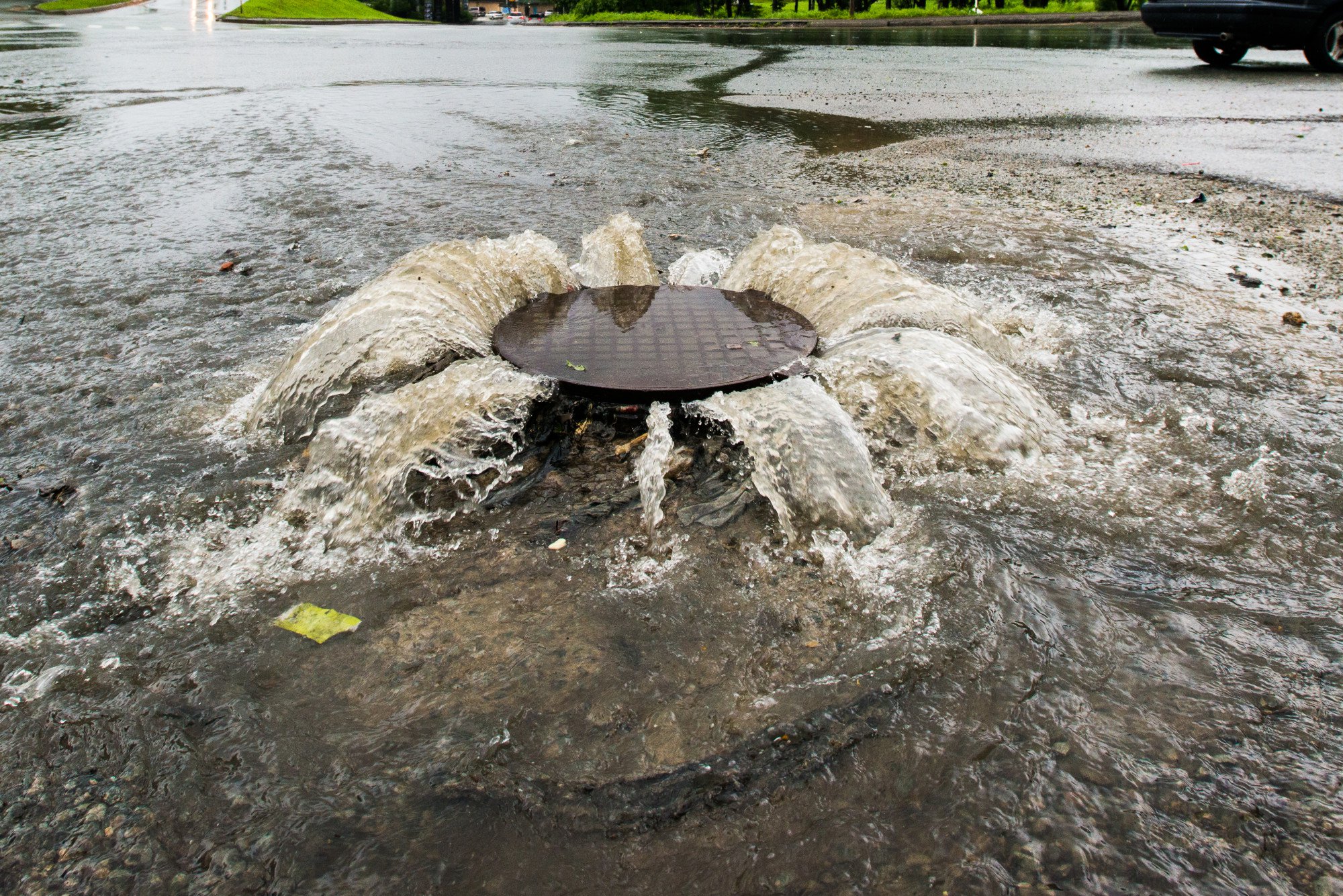The Unpleasant Reality of Sewer Backups
Imagine the unsettling sight of sewage spilling out from your drains and flooding your home. Sewer backups are not just unpleasant; they can also pose serious health risks to your family. But don’t panic! With the right knowledge and approach, you can clean up the mess effectively and minimize the damage.
Assessing the Situation: Know What You’re Dealing With
Before diving into the cleanup, it’s crucial to determine the cause of the backup. Common culprits include clogged drains, tree roots, and damaged pipes. Identifying the source will guide your cleaning strategy and prevent future occurrences. If possible, call a professional plumber to investigate the cause and provide expert advice.
Safety First: Protect Yourself During Cleanup
Sewage is a breeding ground for harmful bacteria. Therefore, it’s paramount to prioritize safety. Wear protective gloves, boots, and a face mask to minimize contact with contaminants. Avoid direct skin contact with the sewage and keep children and pets away from the affected area. If exposed to sewage, wash thoroughly with soap and water and seek medical advice if necessary.
Taming the Overflow: Containing and Removing Sewage
To prevent further spread, contain the sewage by blocking drains and using sandbags or towels to create barriers. Remove as much sewage as possible using buckets, a wet/dry vacuum, or a pump. Dispose of the sewage properly in sealed garbage bags or containers for disposal at a waste treatment facility.
Disinfect and Deodorize: Restoring Your Home to Health
Once the sewage is removed, disinfection is essential to eliminate harmful bacteria. Use a bleach solution mixed as per manufacturer’s instructions to thoroughly clean all surfaces that came into contact with sewage. Remember to open windows and doors to ensure proper ventilation during and after disinfection.
In addition to disinfecting, deodorizing is crucial to remove unpleasant odors. Place bowls of baking soda, vinegar, or activated charcoal around the affected area to absorb and neutralize foul smells. You can also use an enzymatic cleaner specifically designed to break down organic matter and eliminate odors.

Image: www.crazyplumbers.com
Drying and Restoring: Reclaiming Your Living Space
After cleaning and disinfection, allow the affected area to dry thoroughly. Open windows and doors to promote air circulation and use fans or a dehumidifier to accelerate the drying process. If necessary, remove and replace damaged drywall, flooring, or insulation to prevent mold growth and ensure structural integrity.
Seeking Professional Help: When to Call the Experts
While it’s possible to clean up minor sewer backups on your own, don’t hesitate to contact a professional plumber for more severe cases. They possess the expertise, equipment, and knowledge to handle complex backups safely and effectively. If you encounter electrical issues, standing water, or extensive structural damage, seek professional help immediately to prevent further hazards.

Image: farmfoodfamily.com
How To Clean Up Sewer Backup
Preventing Future Mishaps: Proactive Maintenance
To minimize the risk of future sewer backups, regular maintenance is key. Avoid pouring grease, coffee grounds, or wipes down the drain, as these can lead to clogs. Install drain screens to catch hair and debris, and consider having your sewer line inspected and cleaned professionally every 1-2 years.
By following these steps and implementing preventive measures, you can effectively clean up a sewer backup and restore your home to a safe and livable condition. Remember, safety is paramount, and don’t hesitate to seek professional assistance when needed.